The controversy arose when United States Vice President JD Vance shared candid thoughts about his wife Usha’s Hindu background and his hope that she might someday embrace Christianity.
His comments at a university event, coupled with renewed focus on his own journey from atheism to Catholicism and even a viral photograph from the same event, have turned his faith into a recurring national conversation.
On Wednesday, during a Turning Point USA gathering at the University of Mississippi, Vance spoke openly about his family’s religious dynamic.
Reflecting on their differing backgrounds, he said, “Now most Sundays Usha will come with me to church.”
He continued, “As I’ve told her and I’ve said publicly, and I’ll say now in front to 10,000 of my closest friends: Do I hope eventually that she is somehow moved by the same thing that I was moved in by church? Yeah, I honestly do with that. Because I believe in the Christian gospel and I hope eventually my wife comes to see it the same way.”
He then added, “If she doesn’t, then God says everybody has free will, so that doesn’t cause a problem for me.”
JUST IN: JD Vance says he's raising his children Christian, and he hopes his agnostic wife, Usha, comes around to the Christian faith.
— Spencer Hakimian (@SpencerHakimian) October 30, 2025
pic.twitter.com/ycGvPzqAgt
The US vice president described how his wife grew up “in a Hindu family, but not a particularly religious family,” before adding that when they first met, both of them would have described themselves as “agnostic or atheist.”
Vance said that the two eventually worked out an understanding in their marriage that reflected mutual respect for their differences.
He revealed that their children attend a Christian school and that the couple had decided to raise them in the Christian tradition.
How the Vances have adapted to an interfaith family life
Just months before the Mississippi appearance, Usha Vance herself had discussed their family’s interfaith household and parenting approach during a podcast conversation with Meghan McCain on Citizen McCain.
She provided insight into how she and JD were balancing differing faith traditions while raising their three children — Ewan, Vivek, and Mirabel.
“So what we’ve ended up doing is we send our kids to Catholic school, and we have given them each the choice, right? They can choose whether they want to be baptised Catholic and then go through the whole step-by-step process with their classes in school,” she said.
Usha shared that when she met her husband at Yale University, he had not yet converted to Catholicism.
“At the time when I met JD, he wasn’t Catholic, and he converted later and when he converted, we had a lot of conversations about that because it was actually after we had our first child, maybe it was after Vivek was born too,” she recalled.
She added that the conversion brought with it serious considerations.
“When you convert to Catholicism it comes with several important obligations, like to raise your child in the faith and all that. We had to have a lot of real conversations about how do you do that, I’m not Catholic, and I’m not intending to convert or anything like that.”
Her words revealed that faith had been a deeply personal matter within the family — not a source of conflict, but one of discussion and choice.
How an image at the same event went viral for the wrong reasons
The same Mississippi event that produced the “conversion” remark also brought about an entirely separate media storm. Photographs circulated online showing Vance greeting Erika Kirk, widow of conservative activist Charlie Kirk, in a seemingly close embrace.
The images were taken at the Turning Point USA event, where both were present. Erika Kirk wore a white T-shirt with the word “Freedom” and black leather pants, while Vance appeared in a blue suit.
Their greeting drew attention on social media, as users debated whether the moment was appropriate for a public figure. The photographs quickly went viral and were widely discussed alongside his faith-related comments.
How would you describe these moments between Erika Kirk and JD Vance last night? pic.twitter.com/2JVZiowRue
— HustleBitch (@HustleBitch_) October 30, 2025
While some posts online speculated about motives or relationships, there was no factual evidence suggesting any impropriety.
Many theories on social media have also been floated that if JD Vance will have a better chance during the 2028 US president elections with someone like Erika Kirk rather than Usha.
Interfaith marriages have become increasingly common in the United States, yet they remain a sensitive topic for public figures whose faith is intertwined with their political image.
For Vance, whose Catholic identity forms a visible part of his vice presidency, his wife’s Hindu background has sometimes been portrayed — unfairly by some — as a point of political vulnerability.
While some commentators on the religious right have suggested that Usha’s faith “holds Vance back,” others have commended the couple for maintaining a respectful balance.
How JD Vance went from scepticism to Catholicism
Vance was raised in a loosely evangelical household in Middletown, Ohio, and described his early religious exposure as limited and inconsistent.
In his memoir Hillbilly Elegy, he wrote that his commitment to church life was short-lived and faded as he grew older. As a young adult, he identified as an atheist.
That began to change when he was studying law at Yale University. Searching for meaning beyond academics and professional success, he started to revisit questions of faith.
In a 2020 essay for the Catholic magazine The Lamp, Vance described how reading Catholic moral philosophy and conversing with Dominican friars in Cincinnati deepened his interest in the Catholic tradition.
He began meeting regularly with Father Henry Stephan at St. Gertrude Church, a Dominican parish led by the Province of St. Joseph. The two discussed theology, mysticism, and political philosophy over several months.
Their meetings were often followed by long discussions over coffee or lunch — an experience that shaped Vance’s intellectual and spiritual direction.
In the summer of 2019, at the age of 35, he returned to St. Gertrude’s to be baptised and receive his first communion. The ceremony was held in the Dominicans’ private chapel, followed by a small reception with his family.
Vance chose Saint Augustine as his patron, explaining that City of God was “the best criticism of our modern age I’d ever read — a society oriented entirely towards consumption and pleasure, spurning duty and virtue.”
He later said that he was drawn to Catholicism in part because of its historical continuity. “I really liked that the Catholic Church was just really old,” he once remarked at a public event.
How JD Vance’s Catholic identity aided his career
Vance’s faith conversion coincided with his growing presence in conservative political circles.
His embrace of Catholicism positioned him among a small but influential group of Republican politicians and thinkers seeking to reshape the party’s relationship with religion and morality.
While previous Republican leaders such as Mike Pence highlighted evangelical moral conservatism, figures like Vance represented a different tendency: a more intellectual and traditionalist Catholic approach that integrates faith with social and economic critique.
Vance’s politics have often reflected Catholic social teaching themes — including a focus on family stability, the dignity of work, and moral responsibility — while aligning with the broader conservative movement’s stance on issues like abortion and gender identity.
Catholic converts make up a small percentage of American adults. According to Pew Research data, only around 2 per cent of US adults have converted to Catholicism, while for every convert, several others leave the church.
Yet converts like Vance often bring a renewed zeal and an academic interest in the faith, traits that have shaped his image among Christian conservatives.
Speaking at the Napa Institute in 2021, Vance clarified that he was “not a big Latin Mass guy,” though he admired the Church’s ability to maintain continuity in an era of rapid change.
When JD Vance met Pope Francis, a day before the latter’s death
Vance’s public identity as a Catholic took on added visibility in April earlier this year, when he travelled to the Vatican to meet Pope Francis.
The encounter, held on Easter Sunday, would become one of the pope’s final public meetings before his death the following day.
Video released by the Vatican showed Vance greeting the pontiff, who appeared in frail health and sat in a wheelchair. “Hello,” Vance said as he reached for his hand.
“So good to see you.” The US vice president added, “I know you’ve not been feeling great, but it’s good to see you in better health.”
A translator speaking for the pope presented the vice president with gifts — chocolate eggs for his children, rosaries, and a Vatican tie. “Thank you,” Vance responded. “So beautiful.” As the meeting concluded, he told the pontiff, “I pray for you every day. God bless you.”
A day later, news of Pope Francis’s passing broke, prompting statements from across the world. US President Donald Trump wrote on Truth Social, “Rest in Peace Pope Francis! May God Bless him and all who loved him!”
Vance also posted on X, “I just learned of the passing of Pope Francis. My heart goes out to the millions of Christians all over the world who loved him. I was happy to see him yesterday, though he was obviously very ill.”
During his Vatican visit, Vance also met with Cardinal Pietro Parolin. According to his office, the two discussed “shared religious faith, Catholicism in the United States, the plight of persecuted Christian communities around the world, and President Trump’s commitment to restoring world peace.”
The meeting highlighted the complex relationship between the Trump administration and the Vatican. While the Catholic Church under Pope Francis prioritised compassion toward migrants and the poor, Vance and Trump have advocated stricter border policies.
The discussion at the Vatican was viewed as an attempt to bridge those differing perspectives within a shared moral framework.
With inputs from agencies


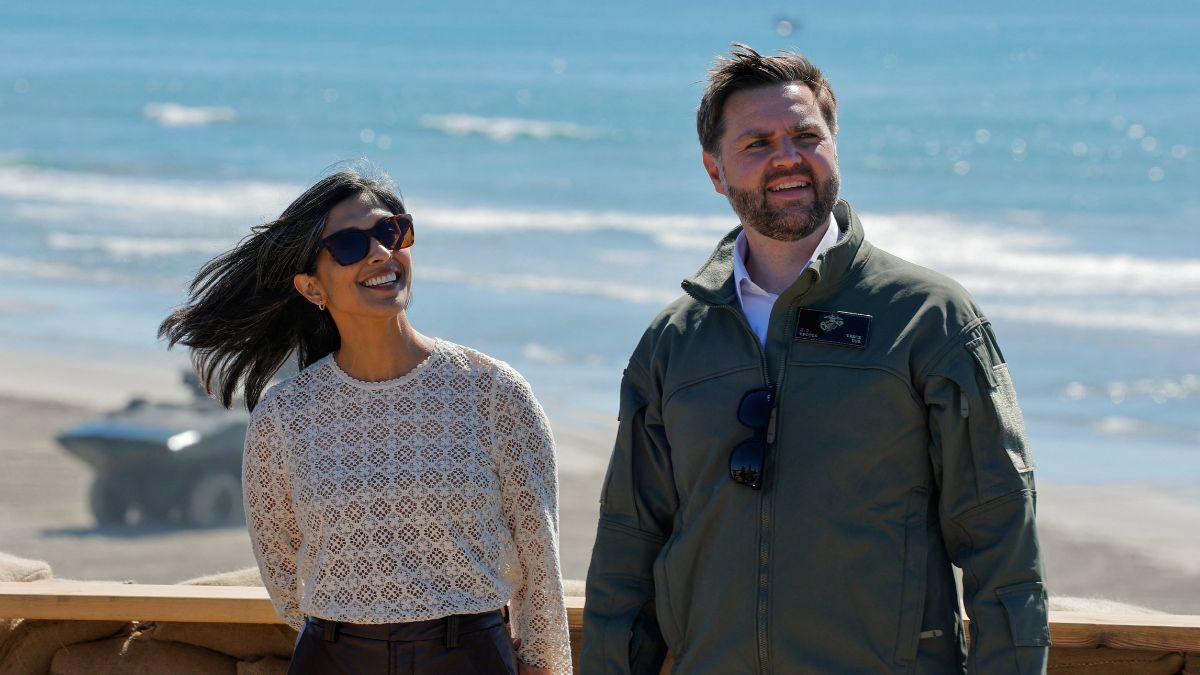)

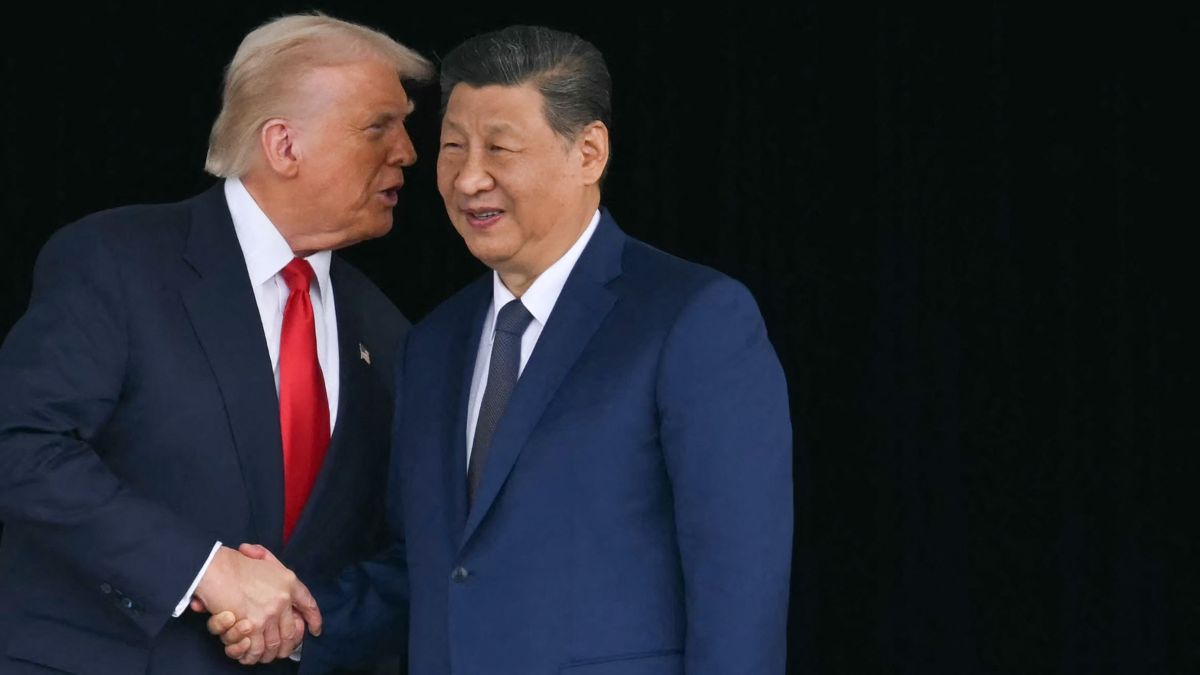)
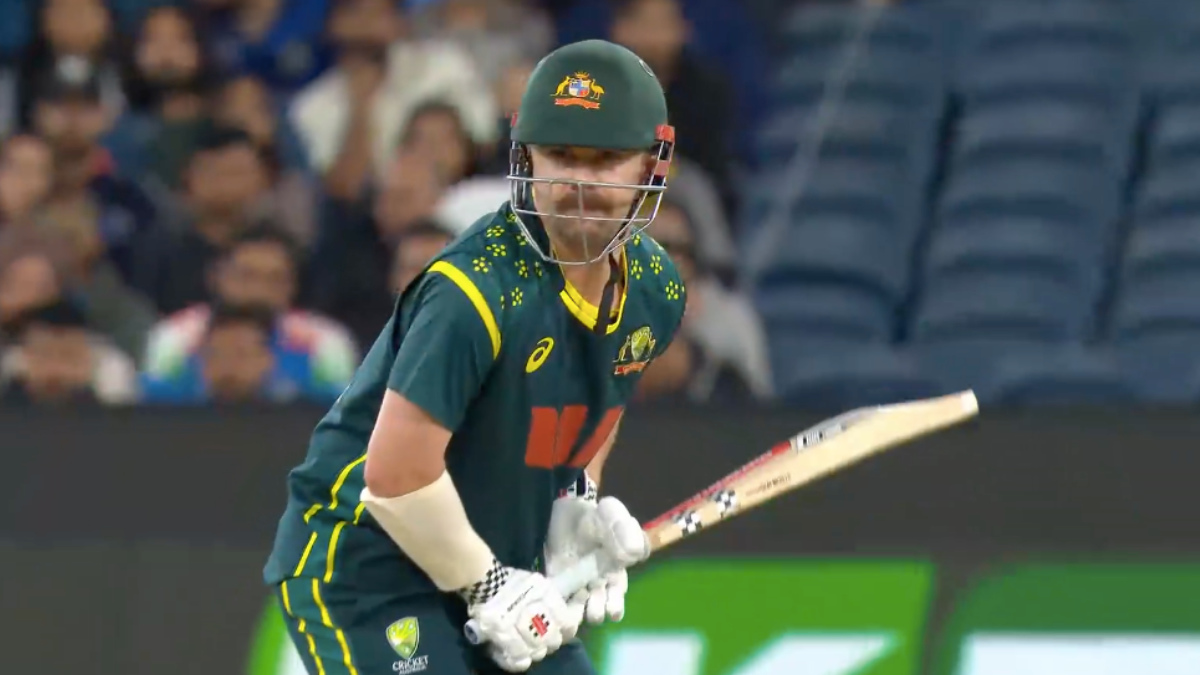)
)
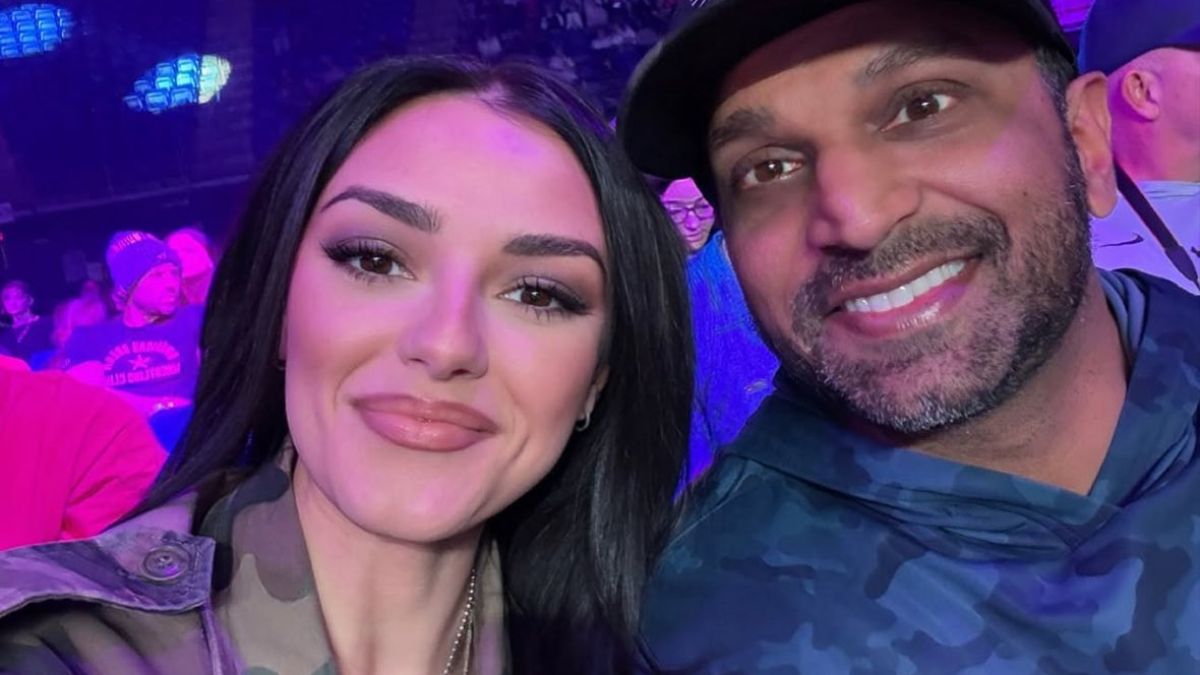)
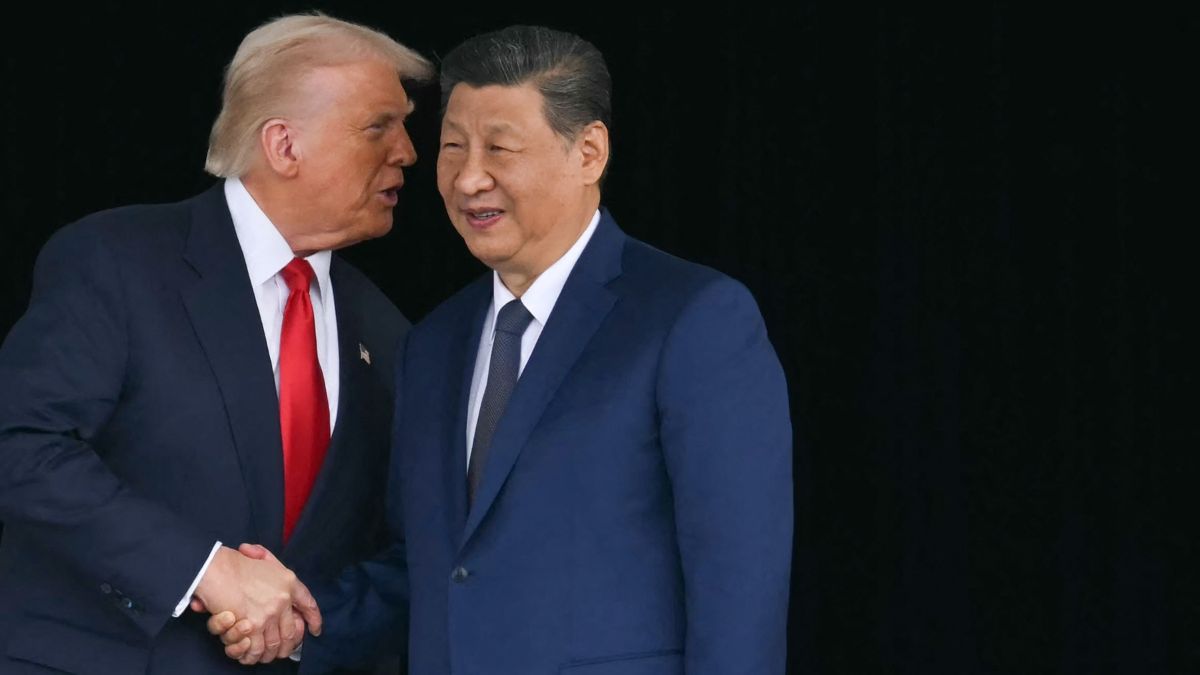)
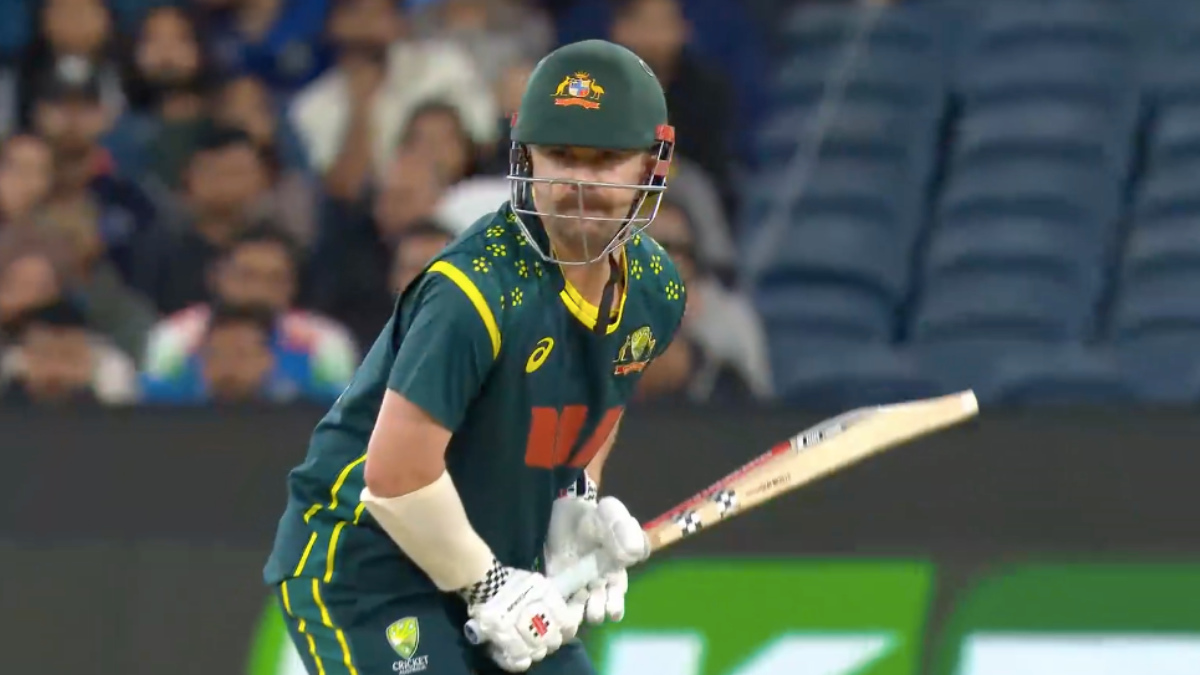)
)
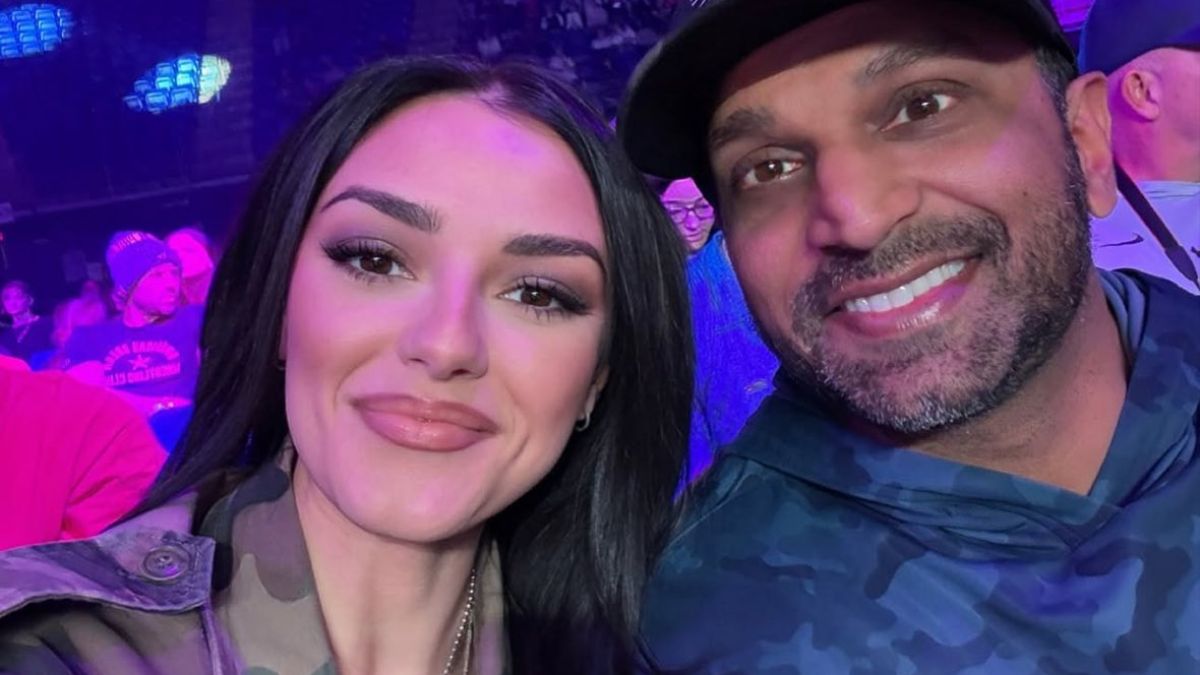)



